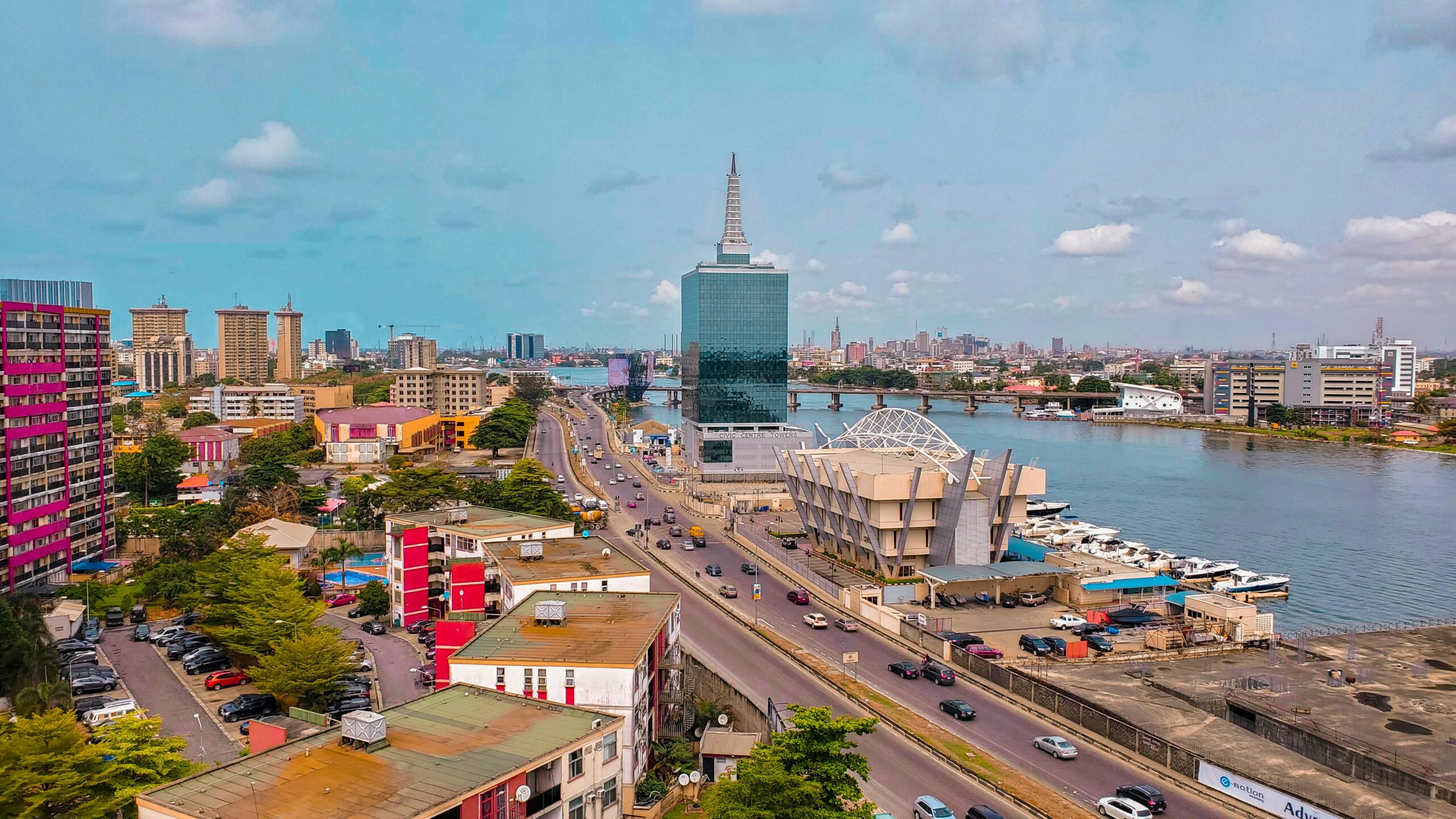Nigeria’s economy, the largest in GDP and population in Africa, is heavily reliant on fossil fuels and, as a big oil producer, its economy is largely driven by oil exports which represented over 86% of its export revenues in 2021. Nigeria is also a critical player in the climate change agenda, given its high vulnerability to climate change impacts and its relatively important GHG emissions level (424 MtCO2 in 2018) which are foreseen to further increase by 2030 under business-as-usual. That is why the announcement by president Buhari at COP26 of a national net-zero target by 2060 was a very strong signal for the international climate community.
In one of the first attempt of its kind, the DDP-Nigeria project has published a report that analyses the conditions for reaching this net zero emissions objective and its socio-economic impacts. It notably provides guidelines for designing policies in order to make the decarbonization of Nigeria’s economy consistent with key national development priorities such as macroeconomic stability, economic competitiveness, job creation, universal energy access, resource availability, poverty eradication and food security. This study has notably contributed significantly to the quantification part of the recent LT-LEDS work.
The report “Deep Decarbonization Pathways for Nigeria’s low emission development up to 2060” quantifies and compares four scenarios that describe distinct evolutions of the Nigeria economy to 2060 with a detailed description of key sectors, notably power generation, oil and gas, industry, transport, residential and agriculture, forestry and other land uses (AFOLU). These four scenarios are i) a business-as-usual scenario (BAU), describing a trajectory of the Nigerian energy system largely based on the prolongation of current trends, ii) a current policy scenario (CPS), which imagines an economy that is guided by the ambition of Nigeria’s Energy Transition Plan (ETP) and the country’s Nationally Determined Contributions, iii) a gas economy scenario (GES), which describes an aggressive exploitation and utilization of Nigeria’s natural gas resources, including with extensive use of carbon capture and sequestration, and iv) a renewable energy scenario (RES), which envisages a massive deployment of renewable resources as a critical source of ambitious emission reductions.
The scenarios are analyzed with a complex modelling architecture combining the detailed energy systems analysis enabled by the LEAP model and the macroeconomic assessments provided by the KLEM modelling framework. Thanks to this innovative approach to modelling and scenario design, this study has been able to reveal several key original insights informing the transition towards low-emission development.
This analysis shows that Nigeria can achieve its commitment of net zero by 2060 but that this is possible only under the assumption of a renewable energy scenario coupled with the transformation of the AFOLU sector. The key role of the AFOLU sector is one of the innovative insight emerging from the analysis, which was for example absent from the ETP study. Nigeria lost 47.5% of its forest cover between 1990-2010 and without any action, Nigeria will continue losing another 25% of its forest cover by 2060. A 2.3% reforestation per year would be needed to reverse deforestation and reforestation will help Nigeria increase its carbon sink to achieve net zero by 2060. Transforming agricultural practices like livestock manure management, rice cultivation, agricultural soil management, to climate-smart agricultural practices will also be critical strategies to help lower GHG emissions from the AFOLU sector. Finally, nature-based solutions like afforestation and reforestation will be crucial in Nigeria’s renewable energy scenario to reach net-zero by 2060.
The macroeconomic analysis shows that positive structural transformations of the Nigerian economy is critical to ensure good macroeconomic performance. These structural changes are notably needed to enable simultaneously an increase of the domestic sourcing of Nigerian non-energy consumptions and the non-energy export capacity. This transformation of the Nigerian economy allows Nigeria to converge towards a stabilised growth path and also implies a reduction of the short-term volatility risks associated with the country’s dependency on fossil fuel exports. This conclusion is valid independently of climate constraints and defines a key priority for Nigeria’s macroeconomic policy in the coming years. It also defines a necessary condition to align ambitious climate transition and socio-economic priorities.
Aside from achieving net zero by 2060, the RES scenario can also help Nigeria’s economy achieve social, economic and environmental sustainability. But this alignment will largely depend on the broader strategy in which the deployment of renewables is inserted. Trade conditions are notably a critical aspect of the scenarios. In a RES scenario, Nigeria will have a lower domestic energy demand, allowing the country to remain an energy exporter. In those scenarios net export revenues, although rapidly declining in early years, remain above 2% of GDP. In contrast, if Nigeria continues with business as usual and continues to be heavily reliant on fossil fuels, Nigeria will become an energy importer, which will cost up to 0.9% of its GDP in 2060.
Finally, the analysis shows that international support and cooperation is a critical condition to make the most ambitious climate trajectories (ie those compatible with the net zero target by 2060) compatible with robust macroeconomic situation. This international support is necessary to compensate the risk of lower competitiveness due to higher energy costs in the RES scenario. This cooperation assumption allows the RES scenario to perform similarly to business as usual in terms of growth rates and unemployment, while allowing the transition to carbon neutrality. The scale of the cooperation required however stresses the nature of the challenge and the need to adopt an innovative approach to international cooperation that puts at the center the needs of the countries for the transition
